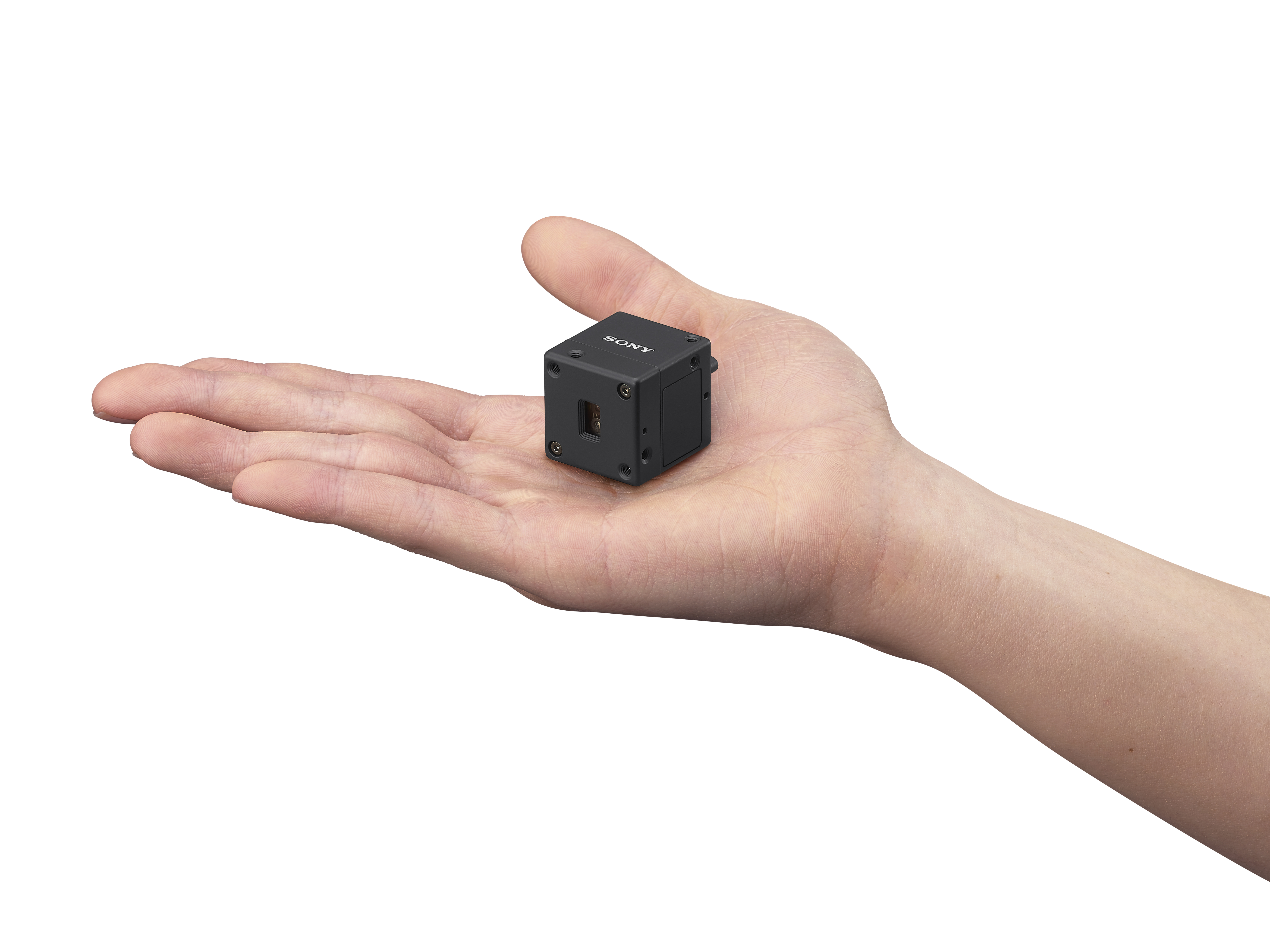MSTV Defends Position on Vacant TV Spectrum Use
As the FCC moves to establish technical standards for unlicensed devices on TV channels, broadcasters are concerned that rules previously proposed may not be sufficient to protect TV viewers from interference. MSTV recently issued a detailed response to New American Foundation's July 2006 Issue Brief titled, "Why Unlicensed Use of Vacant TV Spectrum Will Not Cause Interference to DTV Viewers."
The MSTV paper, "Why Unlicensed Use of Vacant TV Spectrum Will Cause Interference to DTV Viewers," by Victor Tawil and Bruce Franca examines claims in the NAF Issue Brief and shows the conclusions reached by NAF are not correct.
For example, the NAF paper says the MSTV video Your Neighbor's Static is not valid because it used a wide band (54 MHz) noise generator in the testing, while proposed unlicensed devices will operate over much smaller bandwidth.
"These test cases represent uncharacteristic use of the white spaces, not only because the existence of six contiguous channels is unlikely, but also because such a case could easily be eliminated by establishing a new limit on total transmit power in addition to the limit on power/120 kHz that was proposed in the NPRM," the NAF said in its brief.
MSTV responded, "The availability of contiguous channels has no relevance or significance to the interference mechanism being investigated. An unlicensed device is allowed under the FCC's proposal to generate out-of-band emissions on any frequency or frequencies outside its operating channel at a level of 200 microvolts/meter at 3 meters as measured in any 120 kHz wide band." The bandwidth of the out-of-band signal can spread across one or more TV channels. Indeed, MSTV points out that FCC rules require out-of-band emissions be measured up to the tenth harmonic of the device or 40 GHz, whichever is greater.
MSTV rejected NAF's suggestion that the FCC could reduce the out-of-band emission levels for these devices. Tawil and Franca said that many of the proposed uses for unlicensed devices on TV channels would require 6 MHz or wider bandwidths. As a result, reducing out-of-band emissions will require "expensive filtering and additional cost that unlicensed manufacturers may not want to bear."
I'll cover unlicensed devices in TV channels in more detail in a future RF Technology Column.
Get the TV Tech Newsletter
The professional video industry's #1 source for news, trends and product and tech information. Sign up below.
